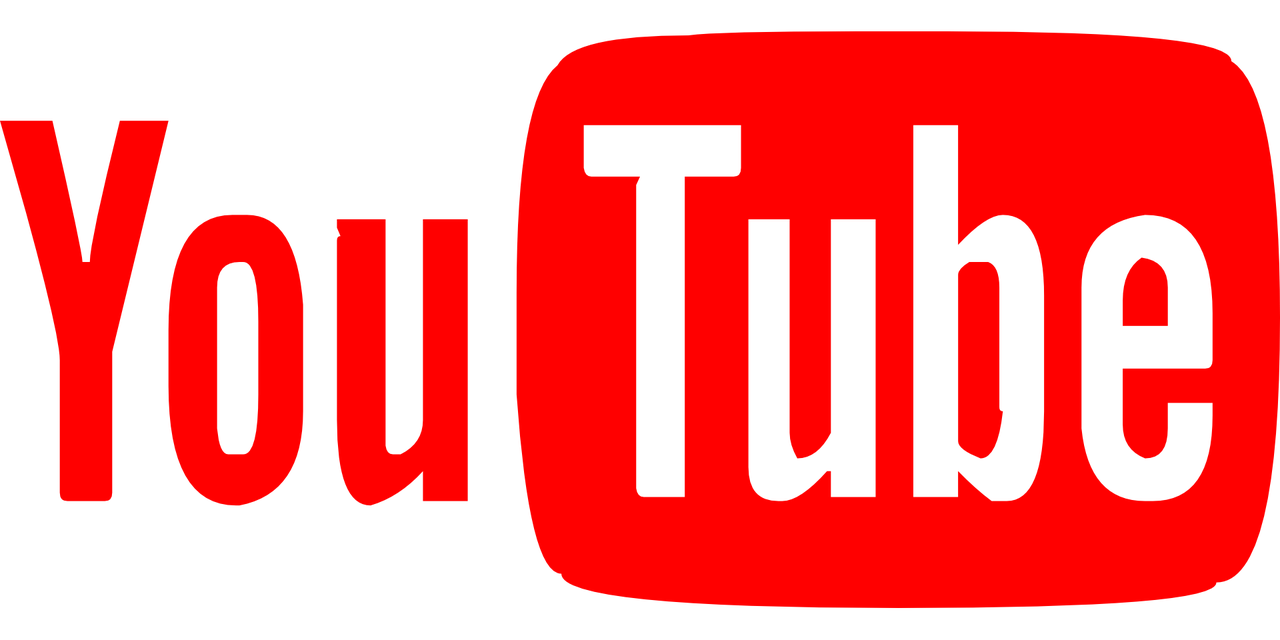If you’ve ever dreamed of earning money from your YouTube channel, you’re not alone. Millions of creators around the world use YouTube not only to share their passions but also to make an income. The idea of turning your creativity into cash can seem magical, but it’s not as mysterious as it might appear. Let’s break it down step by step to how youtube monetization worksand uncover how YouTube monetization works.
What Is YouTube Monetization?
YouTube monetization is the process by which creators earn money from their content on the platform. Essentially, YouTube allows you to make money when your videos meet certain requirements, and you enable monetization settings on your channel. But how youtube monetization works?
At its core, monetization happens through YouTube’s advertising system, memberships, merchandise sales, and more. When viewers watch ads or engage with other paid features on your channel, you earn a share of the revenue. YouTube keeps a percentage of that income as their cut, but the rest goes to you. The exact amount varies depending on many factors, which we’ll cover shortly.
Who Can Monetize Their YouTube Channel?
Not every YouTube channel is eligible for monetization. To make money, you need to meet some key requirements laid out by the platform. These include:
- Joining the YouTube Partner Program (YPP): This program is essential for unlocking monetization features. To qualify, you need:
- At least 1,000 subscribers.
- At least 4,000 valid public watch hours within the last 12 months, or 10 million public Shorts views in the last 90 days.
- A linked and approved AdSense account.
- Content Guidelines Compliance: Your videos must follow YouTube’s Community Guidelines and Advertiser-Friendly Content Guidelines. Violating these can lead to demonetization or removal of your channel from the YPP.
- Geographic Availability: YPP is not available in every country. Be sure to check if your country supports it.
If you’ve ticked all the boxes, you’re ready to apply for YPP through your YouTube Studio dashboard. Once accepted, monetization tools become available to you.
How Do Ads Generate Revenue?
The most common way creators earn through YouTube is by displaying ads on their videos. Advertisers pay YouTube to showcase their products and services, and YouTube shares a portion of that revenue with you. But it’s not as simple as slapping an ad on your video and raking in cash. Let’s dig into the details.
- Types of Ads:
- Skippable Ads: Viewers can skip these ads after 5 seconds. You earn money when viewers watch for at least 30 seconds or click on the ad.
- Non-Skippable Ads: These play in full before or during the video. They often generate higher revenue.
- Overlay Ads: These are semi-transparent ads that appear at the bottom of the video.
- Bumper Ads: These are short, non-skippable ads, usually lasting 6 seconds.
- How Earnings Are Calculated:
- CPM (Cost Per Mille): This refers to the amount advertisers pay per 1,000 ad impressions. CPM rates vary based on factors like the niche of your content, geographic location, and viewer demographics.
- CTR (Click-Through Rate): You earn more when viewers click on ads.
Revenue from ads can vary widely, but channels with high engagement and targeted audiences often perform better.
Beyond Ads: Other Revenue Streams
While ads are the backbone of YouTube monetization, there are several other ways to earn money:
- Channel Memberships: Subscribers can pay a monthly fee to access exclusive perks like badges, emojis, and members-only content. This feature works best for creators with dedicated fanbases.
- Super Chat and Super Stickers: These allow viewers to pay for highlighted messages or animated stickers during live streams. It’s an excellent way to engage with your audience while earning money.
- Merchandise Shelf: You can showcase and sell your branded merchandise directly below your videos. This feature is especially beneficial for creators with strong brand identities.
- YouTube Premium Revenue: When a YouTube Premium subscriber watches your content, you earn a portion of their subscription fee. It’s a smaller revenue stream but adds up over time.
- Affiliate Marketing and Sponsorships: Although not directly tied to YouTube’s monetization system, these can be lucrative. Brands pay creators to promote products in their videos, and affiliate links can generate income based on sales.
Tips for Maximizing YouTube Monetization
Making money on YouTube is exciting, but it’s also highly competitive. Here are some tips to maximize your earning potential:
- Create High-Quality Content: Engaging, unique, and well-edited videos attract more viewers, increasing your chances of earning through ads and other features.
- Focus on a Niche: Channels with a clear focus often attract dedicated audiences. For example, tech reviews, beauty tutorials, or educational content can perform exceptionally well.
- Engage Your Audience: Reply to comments, ask for feedback, and build a community around your channel. Engaged viewers are more likely to support you through memberships or Super Chats.
- Optimize SEO: Use relevant keywords, compelling titles, and engaging thumbnails to improve your video’s visibility.
- Diversify Revenue Streams: Don’t rely solely on ads. Explore memberships, merchandise, and sponsorships to boost your income.
- Monitor Analytics: Keep an eye on YouTube Studio’s analytics to understand which videos perform best and what your audience wants.
Challenges of YouTube Monetization
While monetizing your channel can be rewarding, it’s not without challenges. Here are some common hurdles creators face:
- Ad Revenue Fluctuations: Earnings can vary based on seasons, ad rates, and viewer engagement. December often sees higher CPMs due to holiday advertising, while January may experience a dip.
- Algorithm Changes: YouTube’s algorithm determines how your videos are recommended. Changes to it can impact your views and income.
- Demonetization: Videos flagged for not meeting advertiser-friendly guidelines may lose ad revenue. Regularly review YouTube’s policies to stay compliant.
- Competition: With millions of channels vying for attention, standing out can be tough.
Despite these challenges, staying consistent and adaptive can help you overcome them and grow your channel and learn to how youtube monetization works.
Conclusion: Is YouTube Monetization Worth It?
Understanding how YouTube monetization works is the first step toward building a sustainable income on the platform. It’s not a get-rich-quick scheme but a viable opportunity for those willing to put in the effort. By meeting eligibility requirements, diversifying revenue streams, and staying consistent, you can turn your passion into a profitable venture. So, start creating, keep learning, and watch your channel flourish.
Related Articles:
For further reading, explore these related articles:
- Taylor Swift’s Midnights Songs: A Musical Story You’ll Love
- Hootie and the Blowfish: The Band That Stole Hearts Worldwide
For additional resources on music marketing and distribution, visit DMT RECORDS PRIVATE LIMITED






